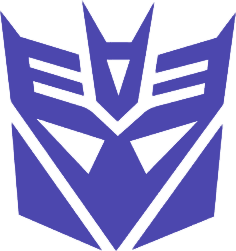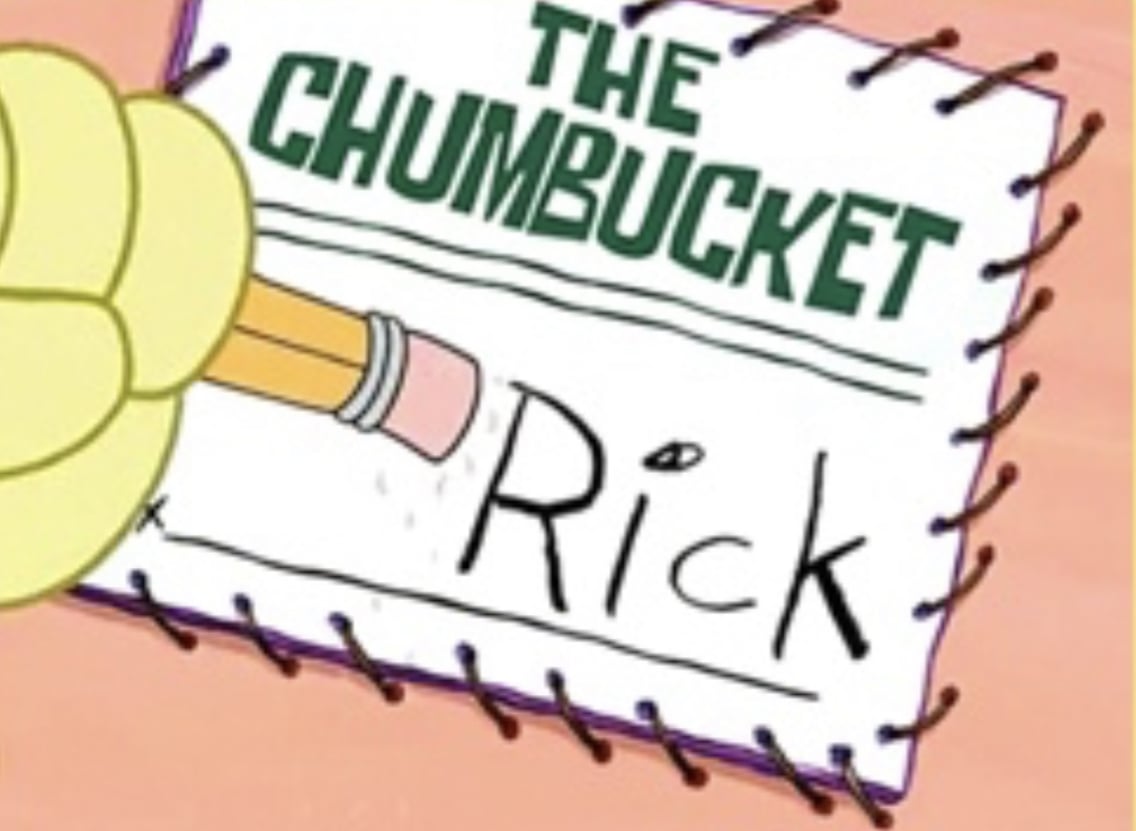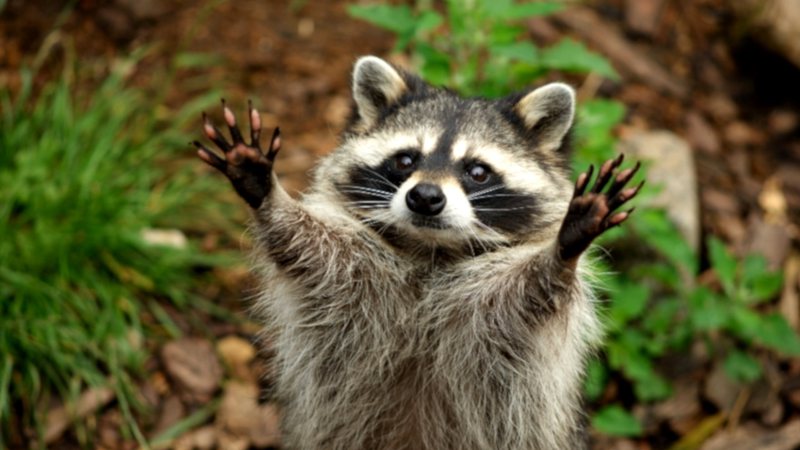I’ve always known ants were intelligent, but this is blowing my mind.
In my head, I was just thinking “a whole bunch of different ants brute-forcing it until it works isn’t intelligence.” Then I saw the video where they’re actively rotating it after it isn’t going in and realized, holy shit, I’d still be trying to push it.
I’d post this to mildly interesting but this is way more than mildly interesting
These guys mastered pivoting. Next time I’m moving my sofa, I know who I’m gonna call.
With humans, you pay them to move your sofa with beer.
With ants, they’re happy picking up crumbs from the carpet.
The hard part is convincing them to leave afterwards.
What was the impetus that drove the ants to move it from one side to the other?
Either it’s full of food or the entire nest is just that blank acrylic and they want to add it to their nest. Probably food though.
You know… I never thought about them having a nest off screen… I just assumed they were in a box.
From the article:
People attempted to solve the puzzle because they were instructed to, while ants were motivated to carry the load to the third chamber (which was open toward the nest) since the load was made to resemble food.
I missed the link to the article too… what I get for navigation lemmy under the influence of Christmas cheer. Thank you for the assist, neighbor.
Makes we wonder what the optimal group size is for human intelligence. Induvidually we can be consistently pretty smart, and in very large groups we’re brazenly idiotic even when the group is composed entierly of induvidually smart people. Yet most important research these days requires a team, so there must be some (likely fairly small) optimal group size to optimize useful intelligence/person.
It is likely a number no greater than 150.
I’d like to see a larger group of people doing this with extremely limited communication. Like if you had 100-200 people only allowed to push the shape with their mouse cursor in a web app. I have a feeling we’d end up with similar results to the ant time-lapse.
Basically like the collaborative canvas projects around April fools.
Not gonna lie, they figured it out faster than me. Never going to look at ants the same.
Love the videos of the humans solving the puzzle. Let’s see an octopus next!
I am an ant, I knew it
I didn’t know it but we did
Amazing. “Something” is definitely aware of rotation, “fits”/shapes and taking a step back from a local minimum to move forward. Seeing them all done together is even more impressive. What else are “they” aware of and…how many do you need to have this team spatial awareness? 100?
PIVOT!
How do you coerce ants to solve puzzles?
Make it smell like food
Isn’t this just brute force? Liek trying random directions until one works?
I am still new to the Fediverse so please let me know if it is bad form to share one’s own experiences in a topic like this one.
“We have seen that large groups of ants often outperform small ones by following the most direct path when transitioning between states” On a field trip to a local park, I encouraged my students to interact with Nature. One student with persistent allergies saw a two-way trail of ants crossing a sidewalk and decided to spit a gob of mucus on the sidewalk in the path of the ants. Surprisingly, instead of walking around of this small barrier, first one ant and then more and more ants began “attacking” the mucus and worked diligently to attempt to very painstakingly move this obstacle out of their path. No ants were trapped in the mucus. It was not long before a small army of ants joined in on the activity of breaking down the barrier which had appeared in their apparent food-pheromone trail. When we left the park 15 minutes later, there were more than two dozen ants which had come from the two sides of the original pheromone path blocked by the mucus, working away at chewing and removing the obstacle.






